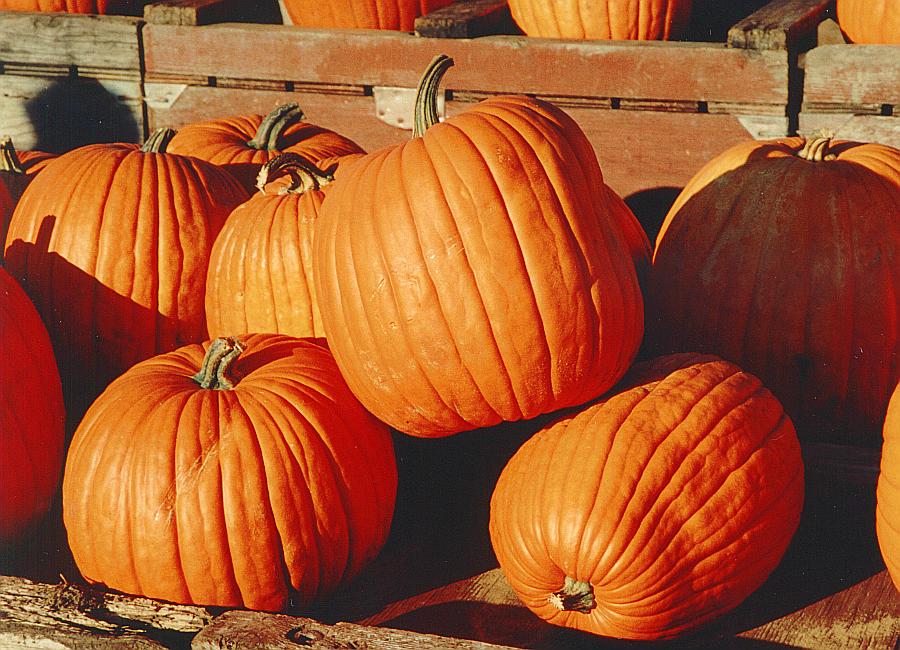Back when the horror of midterms was as mysterious as the headless horseman, Halloween was all about trying to carve the perfect jack-o’-lantern. But why were we even carving pumpkins in the first place? Here’s a brief history of the Halloween icon.
Stingy Jack
Jack-o’-lanterns originated in Ireland and were brought over to America by Irish immigrants. They were carved out of turnips (because they were in season around Halloween), but pumpkins quickly replaced these root vegetables once the immigrants arrived in America.

Photo courtesy of en.wikipedia.org
The birth of the jack-o’-lantern comes from an Irish old wives tale. Known for his laziness, deceptive skills and quick wit, Jack was often called “Stingy Jack”, as he was never selfless. One Halloween, Jack invited the devil to drink with him at a pub. He convinced the devil to turn himself into a coin, which kept the devil trapped. Finally, Jack freed the devil, but only on the condition that Jack could get an extra year of life and that the devil would never take his soul.
Next Halloween, Jack trapped him in a tree. He won another 10 years.
When Jack died, God refused to let him into heaven, and the devil, unwilling to break his promise, wouldn’t let Jack into hell. Instead, the devil gave him a burning coal and sent him off to wander the earth. To make sure the light didn’t go out, Jack carved out a turnip and placed the coal inside. As a way to ward off Jack’s wandering sprit, people carved scary faces into their own turnips (later pumpkins) and put them near their doors or windows.

Photo courtesy of telegraph.co.uk
And this tradition has lasted for years…

